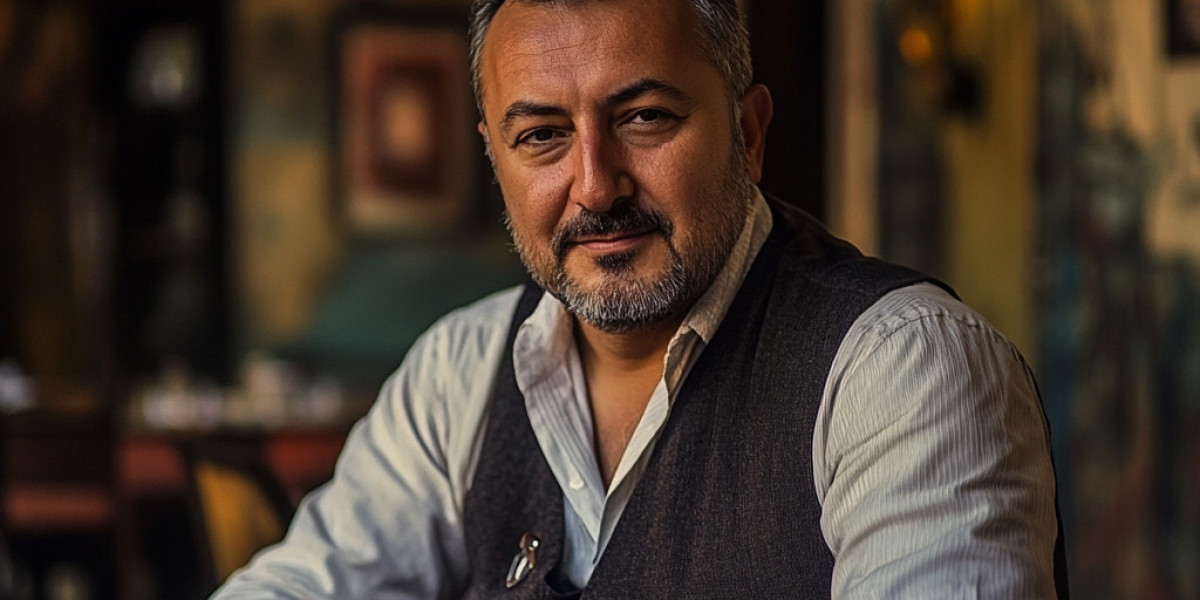How to Understand Trapezius Pain
The trapezius muscle, which is big and triangular, runs from the base of the head to the middle of the back and across to the shoulder blades. It is often called "the traps." It is very important because it supports the neck, shoulders, and arms and makes it easier to do things like shrug, rotate the shoulders, and tilt the head.
What Makes the Trapezius Muscle Hurt
There are several things that can cause pain in the trapezius muscle, such as:
Poor Posture: If you sit or stand for long amounts of time with bad posture, your trapezius muscles can get strained and tense.
Overuse: The trapezius muscle can get sore and hurt after doing the same moves or activities over and over again that involve the arms and shoulders.
Muscle Imbalance: If the muscles around the trapezius are weak or out of balance, they can put too much stress on this muscle.
Stress and Tension: The trapezius muscle can get tight and hurt because of emotional stress or tension.
Handling Pain in the Trapezius Muscle
1. Exercises for stretching
Adding daily stretching exercises to your schedule can help relieve tension in the trapezius muscle and make it more flexible. Here are some good stretches:
For a neck stretch, tilt your head to one side and bring your ear close to your shoulder. Hold this position until you feel a stretch along the side of your neck. Keep it up for 30 seconds, then switch sides.
Shoulder Rolls: Move your shoulders backwards in a circle, working on relaxing the trapezius muscle as you go.
For an upper back stretch, put your hands together in front of you and round your back. Then, push your arms forward and drop your head between your arms.
2. Exercises to build muscle
Getting stronger in the muscles around the trapezius can help support and stabilize it, which lowers the risk of strain and damage. Add activities like the following:
Rows: To do rows with weights or resistance bands, pull your arms back and squeeze your shoulder blades together.
Pull your shoulder blades back and down, as if you were trying to tuck them into your back pockets. You can sit or stand with your arms at your sides.
Different Ways to Do the Plank: Planks work the whole core and upper body, including the trapezius muscles. Plank versions, such as side planks or plank rows, can help you work out different muscle groups.
3. Changes to improve ergonomics
Improving the layout of your workspace can help keep your trapezius muscle from getting too tired during daily tasks. Think about making the following changes:
Set up your desk: Make sure your chair and desk are at the right height so you can work with good balance. Keep your computer screen at eye level to avoid straining your neck.
Support for the Chair: To improve your balance and ease stress on the trapezius muscle, sit in a chair that gives your lower back enough support.
Where to Put Your Keyboard and Mouse: Keep your keyboard and mouse close to your body and at a good height so you don't have to reach or strain your shoulders.
4. Ways to deal with stress
Because stress and tension can make trapezius muscle pain worse, it is important for your overall health to include stress management methods in your daily life. Try:
Deep Breathing: Doing deep breathing techniques can help you relax and loosen up your muscles.
Mindfulness Meditation: Doing mindfulness meditation every day will help you become more aware and lower your stress.
Yoga or Tai Chi: Do easy exercises like yoga or tai chi that focus on controlling your breath, moving, and relaxing.
In conclusion
Managing pain in the trapezius muscle takes a multifaceted approach that includes exercises for stretching and strengthening, changes to the way you work, and ways to deal with stress. By making these changes to your daily routine, you can ease pain, become more flexible, and avoid getting hurt again.








